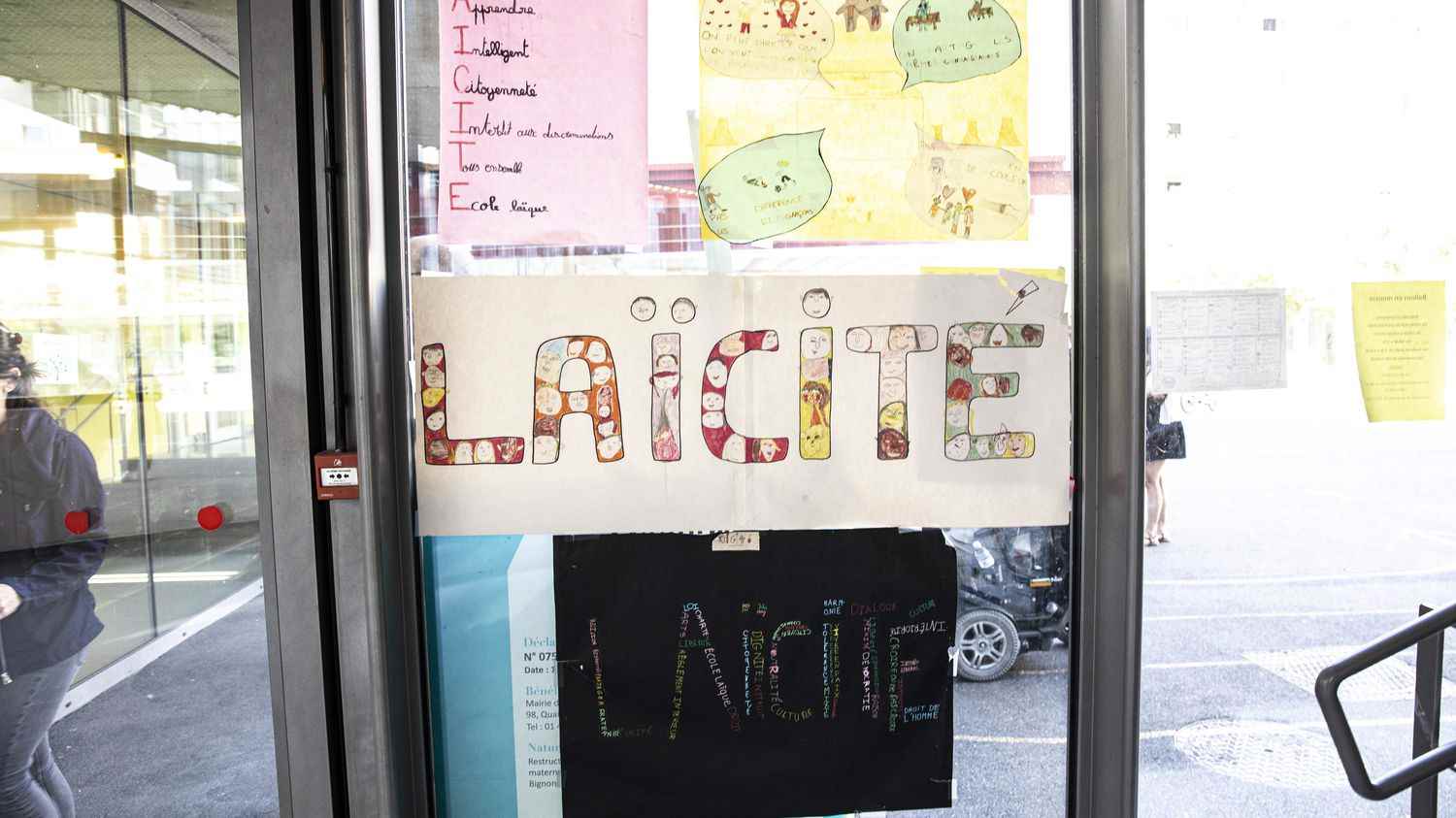“There are challenges that are launched today at the school of the Republic”, declares this Saturday, October 1 on franceinfo, Iannis Roder, professor of history and geography in Seine-Saint-Denis, director of the observatory of education at the Jean-Jaurès Foundation and member of the Council of Elders of Secularism. He reacted to the remarks of the Minister of National Education, Pap Ndiaye who indicated, on Friday, “an increase in reports” attack on secularism at school since the start of the school year, “especially reports of wearing clothes”like the “abayas, which seem to multiply”.
>> Secularism at school: in most cases “complicated situations are resolved through dialogue”, says a teacher union
“Why are students wearing the abaya today?”he asks before answering: “It’s by adherence to a religion, a belief or even a religious ideology. Is there provocation? I don’t know. In any case, it’s the result of what happens. happens in certain territories and in certain neighborhoods.” According to Secretary of State in charge of Citizenship, Sonia Backès, questioned this Saturday on franceinfo, the people who wear this garment at school “do it in provocation”.
For Iannis Roder, social networks amplify the phenomenon: “They force the line. On TikTok or Snapchat, we challenge young people – and especially young girls – to show themselves wearing the veil or abayas or saying prayers inside schools. ‘ Take a picture of yourself and show us that you are challenging the institution’, these are things that we see and find on social networks”he explains.
The professor is convinced of one thing: “All means of communication are used by those who want to challenge the school of the Republic and who want to question the law of March 15, 2004 [la loi – sur la question du port des signes d’appartenance religieuse – complète le corpus des règles qui garantissent le respect du principe de laïcité dans les écoles, collèges et lycées publics] and therefore the circular of May 18, 2004 which applies the law within the school.
For the member of the Council of Secular Elders, each teacher “is the bearer of a teaching which is, in fact, secular and the posture and the discourse of the teacher are secular”.
It is therefore necessary, according to him, to continue in this direction and above all to do pedagogy towards the students. “because unfortunately many misunderstand what secularism is and experience it as a prohibition, whereas secularism at school is the opposite of a prohibition, it is precisely the possibility of emancipation”.
